Writing
Judith Krantz
Novelist Judith Krantz began her career as a fashion publicist, writer, and editor for numerous magazines, which would shape the themes of her popular and best-selling novels. Beginning with Scruples in 1978, Krantz’s books were about fashion, beauty, fame, money, and sex, and always featured working women.
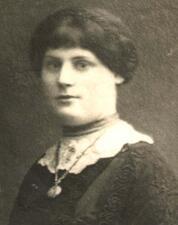
Esther Kreitman
Esther Kreitman was the sole female writer in what many consider to be the most prominent family in the history of Yiddish literature, that of brothers I.B. and I.J. Singer. Krietman’s most notable contributions to Yiddish literature include her writings in support of the Haskalah and her autobiographical novel, Der Sheydim Tants (Deborah).
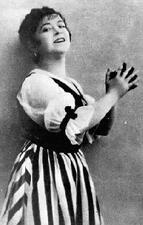
Isa Kremer
Isa Kremer (Belz, Bessarabia, 1887-Córdoba, Argentina, 1956) traveled the world performing art, folk, and classical music. She studied and sang opera in Italy but appeared as an art singer in Odessa, where she was the wife of Israel Heifetz, the editor of The Odessa News. Her great legacy is her Isa Kremer Sings Jewish Life in Song, a book and album of Jewish songs.
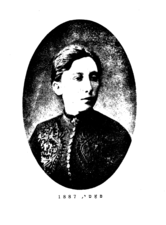
Pati Kremer
Pati Kremer was one of the pioneers of the Jewish workers’ movement in Eastern Europe. Already an active member in the 1890s of the so-called Vilna Group, the precursor to the Bund, she remained closely associated with the Jewish workers’ party until her death in the Vilna Ghetto.
Mariana Kroutoiarskaia
Mariana Kroutoiarskaia was a talented Russian composer and music producer who dedicated her entire life to music, film, and television. Kroutoiarskaia worked as a music editor for Russian television, a lecturer, and a composer for many films. She also supervised the arrangement and publication of music for children by various composers.

Barbara Kruger
Barbara Kruger creates conceptual art that pushes audiences to question assumptions about gender, violence, patriotism, and their relationship to the media. Kruger has exhibited in galleries and museums in the United States and Europe. Perhaps more significantly, she has brought her art to such urban public spaces as bus stops, subway stations, and billboards.

Anna Kuliscioff
Born in Russia but educated in Switzerland, Anna Kuliscioff became one of the key figures in Italy’s early socialist movement and was a feminist advocate who concentrated on poor women’s issues. In her later life, she helped publish a socialist periodical and hosted a prominent salon, often with her partner Filippo Turati.
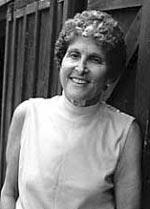
Maxine Kumin
Maxine Kumin is most widely known as a nature poet for her well-crafted descriptions of life on her New Hampshire farm. Yet increasingly her social conscience prompted her also to write “poetry of witness,” protesting torture and other injustices. Her strong Jewish consciousness showed itself in poems about her Jewish ancestors and historic injustices to Jews and in use of sacred Jewish texts to form an environmental message.
Ewa Kuryluk
Ewa Kuryluk is an author, writer, essayist, artist, and art historian. Born in Poland, she did not know for a long time that her mother was a Jew and a member of the underground whose survival had been facilitated by her future husband. Kurlyuk has published in the field of art history, produced art held by museums around the world, and written poetry and novels.
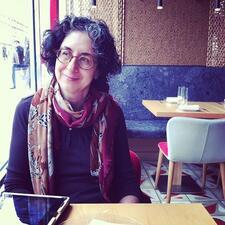
Ellen Kushner

Hedwig Lachmann
Hedwig Lachmann was a poet and translator in Germany around the turn of the twentieth century. In addition to her original poetry, she translated works by Edgar Allan Poe, Oscar Wilde, and Honoré de Balzac.
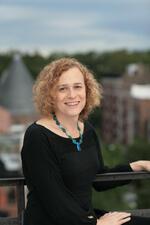
Joy Ladin
Joy Ladin is the Gottesman Professor of English at Stern College, a prolific poet, and a central figure in transgender theology. Her numerous written works reframe classical Jewish theological questions from a transfeminist perspective.
Ladino (Judeo-Spanish) Press in the United States
The Ladino press of the United States, still largely unexplored, is the most vital source for the multifaceted history of Sephardic women in early twentieth-century America. Though the editors, along with much of the readership, were male, these numerous publications are an important source of information about the social status and activities of Sephardic women, and even more so, illuminate male perception of them.
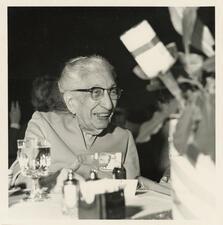
Sara Landau
Sara Landau was an accomplished twentieth-century economist who paired her scholarship with inexhaustible volunteerism in local and national organizations. Throughout her career in academia and service, Landau exemplified a category of economically independent middle-class Jewish women in America who both developed their own careers and devoted their energy to volunteer efforts, especially on behalf of their fellow Jews.

Pearl Lang
Pearl Lang was the first dancer Martha Graham allowed to perform some of Graham’s own roles. She also brought elements of the ecstatic poetry and dance of Jewish traditions to her own praised work.
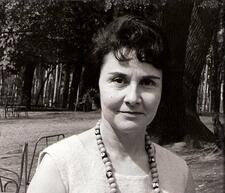
Anna Langfus
After surviving political prison in Poland during the Holocaust, Anna Langfus moved to France and began writing plays and novels that dealt with themes of war, destruction, and loss. In her works, she weaved autobiographical material with fiction, capturing her harrowing experiences in her art.
Shulamit Lapid
Shulamit Lapid is an Israeli-Jewish novelist and playwright born in 1934. Her literary work focuses on feminism, social consciousness, and immigration to Israel.

Else Lasker-Schüler
Else Lasker-Schüler was a German-Jewish poet, short story writer, novelist, and playwright. Born in Elberfeld (today part of Wuppertal, Germany) in 1869, Lasker-Schüler is best known for her dream-like, bohemian poetry.
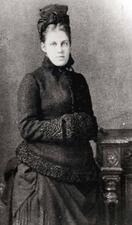
Emma Lazarus
Emma Lazarus (1849-1887), an internationally known poet and essayist, created the role of the American Jewish writer. She lent her voice to the Statue of Liberty to enunciate a vision for America, but she herself was in no doubt about the Jewish roots of her vision in tikkun olam (repairing the world) through righteousness, justice, and compassion.
Josephine Lazarus
Josephine Lazarus was an American Sephardi essayist and literary critic. Her writings exploring issues of Jewish destiny and identity were widely published in leading journals across the country. She is the best known of the poet Emma Lazarus’s five sisters.

Fran Lebowitz
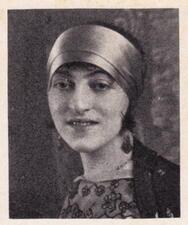
Malka Lee
A writer of lyrical and sometimes sentimental poetry, Malka Lee was one of the most beloved female poets writing in Yiddish in America during her lifetime. Her poems had great folk appeal to Yiddish readers as reflections of their own experiences in the Old World and the New.
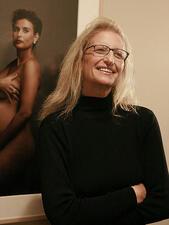
Annie Leibovitz
For decades, Annie Leibovitz and her camera have exposed to the public eye subtleties of character that lay beneath the celebrity personae of rock stars, politicians, actors, and literary figures. As chief photographer for Rolling Stone magazine, she fueled the American fascination with rock ’n’ roll dissidents in the 1970s; in the 1980s and 1990s, she captured the essence of the day’s great cultural icons with her work for Vanity Fair.
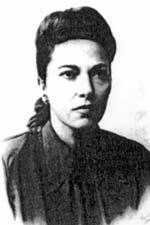
Blume Lempel
Blume Lempel used stream-of-consciousness, flashback, and free association in her writing to create unique stories with themes rarely seen in Yiddish literature: eroticism, incest, and rape. She only wrote in Yiddish, and much of her work remained untranslated until very recently.

Liz Lerman
A dancer, choreographer, educator, writer, and collaborator, Liz Lerman is among the dance field’s prominent public intellectuals, bringing deeply researched ideas about dance and community across fields as diverse as genetics, history, ethics of justice and reconciliation, and the science and religion of the origins of the universe. She draws consciously on the Jewish value of tikkun olam—healing the world—in her work.


